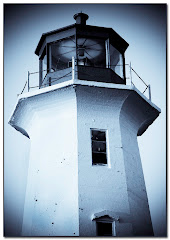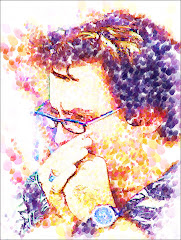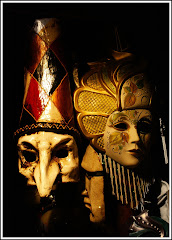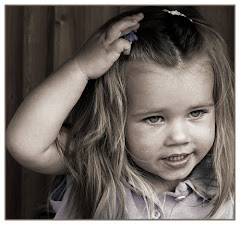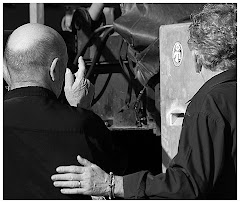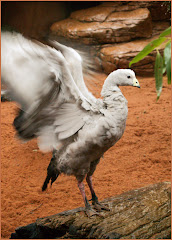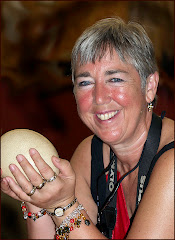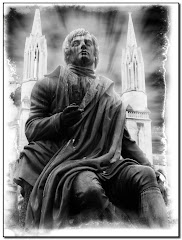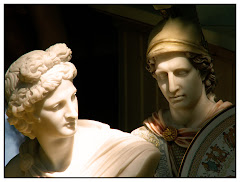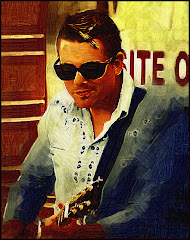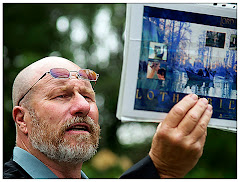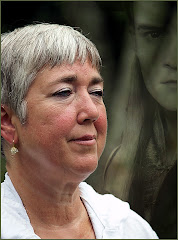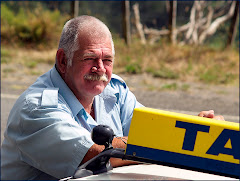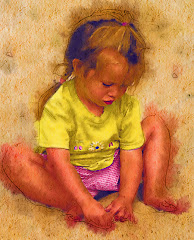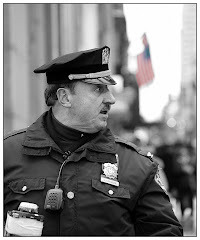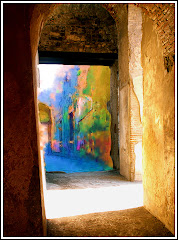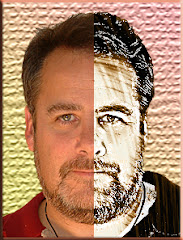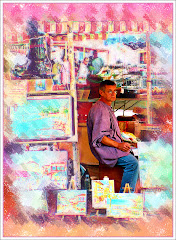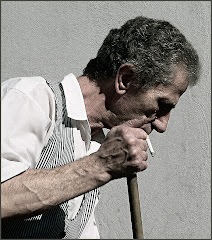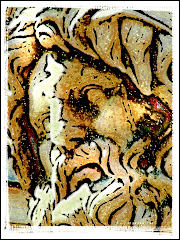“Sure,” I reply. “What’s in Brownsville?”
“I have no idea.It's in Texas. It’s close to the border with Mexico,” she tells me. “The travel agent says it’s a great destination.”
She’s on the phone, so I don’t actually see her shrug. But I know she’s shrugging.
We've taken a lot of trips, my wife and I. We always have a great time. There's always something to see. Something to do...and ALWAYS something to photograph.
“Okay,” I say. “Let’s go to Brownsville.”
That conversation took place months ago. Now I am in my “Happy Place.” This is one of my favorite parts of a trip. I call it “The-Week-Before-We-Leave” part. My spirit is constantly aware of having something to look forward to and my mind is in a convivial state of speculation about who we’ll meet, the places we’ll go and of course the pictures we’ll take. (I don’t suppose you have any idea how long I have tried to work the word ‘convivial’ into a blog…)

It’s all about the pictures.
I go back to a snapshot taken of two gondoliers in Venice laughing as they share a joke – and I can smell the risotto.
We were in New York City last year for St. Patrick’s Day and spent the whole day photographing the parade. When I look at my picture of a cold cop waiting for the parade to start, I’m there again.
 When I see my shot of a whale tail dripping water, I am on a whale watch boat in Maui surrounded by people going “ooooooo” and “ahhhhh” and “Tommy get the HELL away from the rail. You’re going to fall in.”
When I see my shot of a whale tail dripping water, I am on a whale watch boat in Maui surrounded by people going “ooooooo” and “ahhhhh” and “Tommy get the HELL away from the rail. You’re going to fall in.”We’ve talked in this blog about how important it is that the pictures you take make for a visual experience; that in some way you can use the picture to share what it was like to be there.
Here are some tips for making those experiences crystal clear recollections once you get home and begin the happy task of working on your pictures.
1) My wife has the annoying habit of stopping in the midst of travel, plunking herself down on a convenient curb or bench and writing. She makes notes about where she was and what she saw so she can refer to them later. I invariably find myself asking her where we were when certain things happened. She will sigh, open her notebook, and after a brief lecture about how I really should be keeping my own notes, she’ll tell me.
2) Don’t waste your time transcribing what the plaque says or taking down information from one of those tourist signs. You have a digital camera. Take a picture of the plaque or sign. It’s faster and more accurate and it doesn’t slow you down.
3) Take LOTS of pictures. Don’t always try to compose the perfect shot. You’re going to miss some of the cool stuff that way. Take the best picture you can. But take LOTS of pictures. You can crop to a precise Rule of Thirds once you’re home. You can touch up things with Photoshop. And if your picture stinks, you can delete it.
4) Remember that if you are planning to sell your shots, you need to be very careful not to include any of the rapidly expanding subjects that are considered copyright infringements: trade names, people’s faces, corporate logos on buildings or t-shirts and many more. If you are one of those brave souls who snaps pictures of people you don’t know, ensure you take model releases.
5) When you’ve taken your artistic shot, take a broad angle documentary shot. What do I mean? Let’s say that you have photographed the hand of a statue holding a gun. You need to take a picture of the WHOLE statue so you can refer to it when you’re back home wading through the thousands of pictures you’ve taken. This comes in handy. Honest.
So I’m going to check my camera bag and try to figure out what gear is going with me and what’s staying home.
I'll be posting from Brownsville. You guys want to come along?



